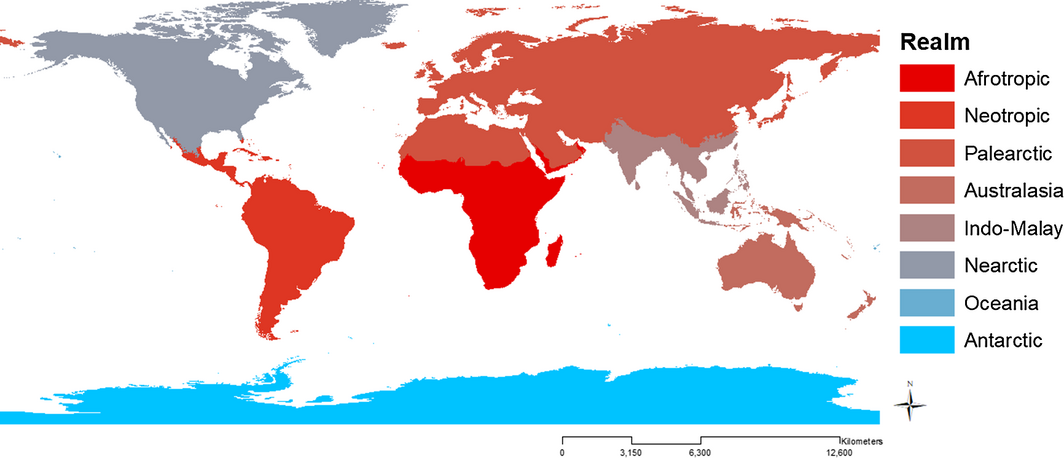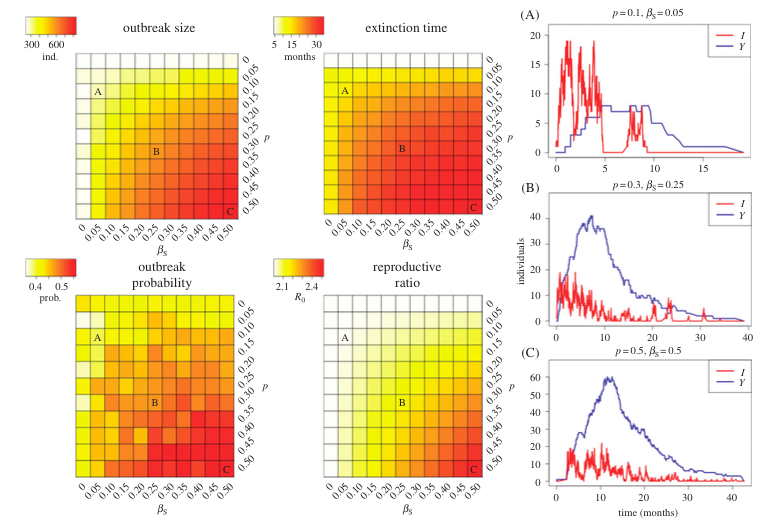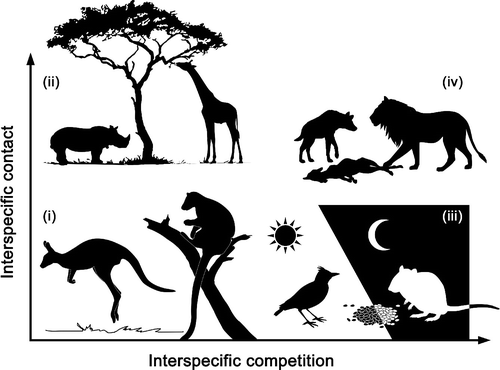
John was involved in a research project, recently published in Ecology and Evolution, that developed and tested a model to estimate the number of mammal species using taxonomic records.
In a study led by Molly Fisher, in collaboration with John Drake and John Gittleman, the group worked to modify and apply a model that used species description records to estimate how many and where mammal species remain to be described. Along with development and application of the model, John worked to develop a simulation, which generated scenarios similar to the real species description records, to test the new model against a previous model. They found that under more complex and realistic scenarios their model outperformed the original model in estimating the total species number. When applying the new model to the real taxonomic data, roughly 5% (303 species) of the mammal species remain to be described. By applying the model to species discovery records for individual biogeographic realms, the group found that the Afrotropics and Neotropics contain the greatest number of undescribed species.

Evidence has shown that Ebola virus may remain in semen of survivors for several months after the virus has been cleared from the blood. To investigate the effect that sexual transmission can have on disease dynamics, we developed a mathematical model incorporating a convalescent compartment capable of infecting individuals through sexual contact. The model was developed and partially parameterized using convenience survey data of survivors. However, uncertainty in the parameters for the sexual transmission rate and probability of becoming sexually infectious led to varying these parameters within likely ranges.
We found that outbreaks brought under control (through behavior changes that reduced direct transmission) had an attack ratio (proportion ultimately infected) of ~25%, with sexual transmission increasing the attack ratio to 80%. Sexual transmission also increased the average duration of outbreaks, the probability of outbreaks occurring and the reproductive ratio of the parasite (increasing it from 2.0 to ~2.5). The model demonstrated how broken chains of direct transmission were repaired through sexual transmission resulting in flare-ups late in the outbreak.

With global declines in species diversity, understanding the effects of host species loss on disease dynamics, and parasite transmission, is vital. In recent reviews by Civittello et al. (2015) and Johnson et al. (2015), the authors call for a more mechanistic understanding of disease diversity relationships, which generally posit that increases in host diversity result in a decrease in disease risk to host species.
We’ve developed a framework to explore the disease diversity relationships for directly transmitted, multi-host microparasites, integrating host regulation through intra- and interspecific competition, which can be dependent or independent on interspecific contact rates.
The results of our study show that
- a decrease in parasite fitness does not necessarily result from host regulation via interspecific competition
- an increase in host diversity does not necessarily result in a decrease of frequency dependent parasite transmission
Overall, we highlight that species identity and their ecological interactions jointly determine the outcome of microparasite transmission in multihost communities.
Odum School of Ecology & Dept. Infectious Diseases, College of Veterinary Medicine, University of Georgia, Athens, USA



